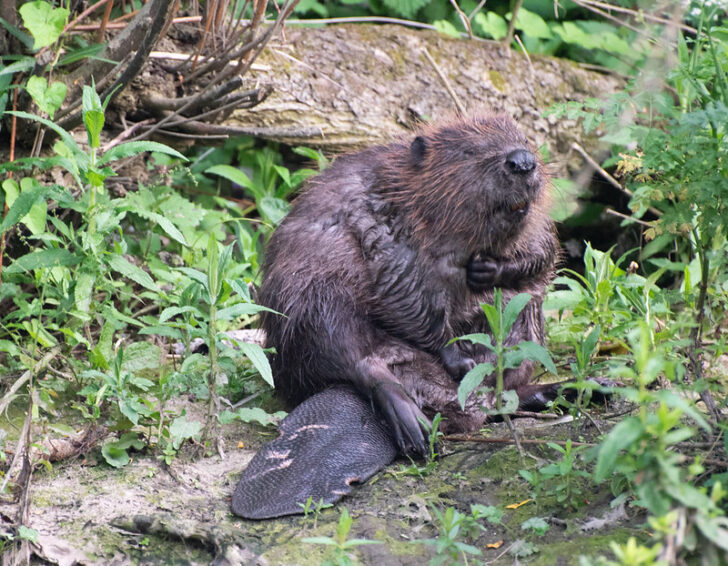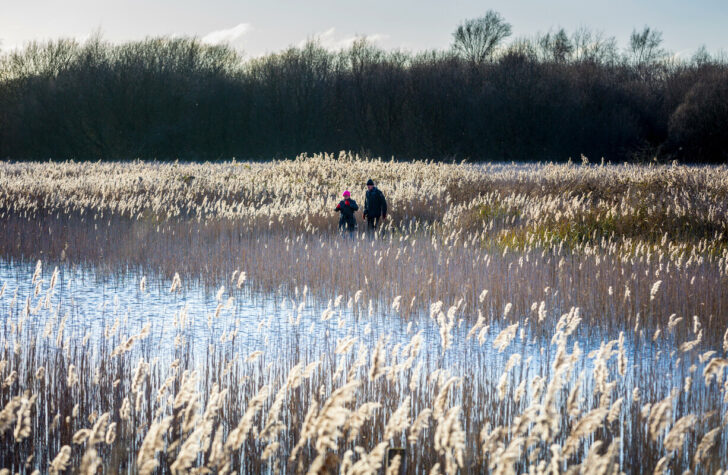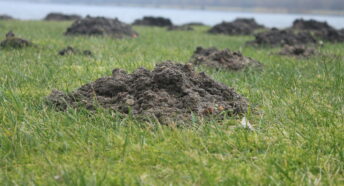Keystone species in Norfolk – and why they matter
Norfolk’s landscapes are rich in beauty and variety, from the quiet reedbeds of the Broads to ancient woodlands and winding rivers.
But behind these tranquil scenes are species playing vital roles in keeping our countryside thriving. These are known as keystone species – species that help hold entire ecosystems together.
When a keystone species thrives, so too does the wider environment. And when one disappears, the impact can ripple out across the landscape.
Here in Norfolk, we are fortunate to host several such species, some quiet, some mighty, but all essential.
European beaver – nature’s engineer

Once a familiar presence in Britain, the European beaver (Castor fiber) is now slowly returning to Norfolk’s waterways through carefully managed reintroduction projects. Beavers are renowned for their dam-building, but their true value lies in what those dams create: wetlands.
These wetlands offer habitat to a broad range of species, amphibians, fish, birds, and insects alike. They help improve water quality, reduce flooding, and encourage biodiversity. Beavers don’t simply live in the landscape; they transform it for the benefit of many.
Common reed – the foundation of the broads

The common reed (Phragmites australis) is a familiar sight across the Norfolk Broads, waving in the wind and lining quiet waterways. But beyond its beauty lies its role as a keystone of the wetland ecosystem.
These reeds provide cover for nesting birds, shelter for invertebrates, and a vital filtration system for our water. Without them, the unique wildlife and character of the Broads would be at risk. Healthy reedbeds are a sign of a healthy landscape.
Bittern – a conservation success story

Often heard before it is seen, the bittern (Botaurus stellaris) is a shy but powerful presence in Norfolk’s reedbeds. Once nearly extinct in the UK, dedicated conservation efforts, particularly here in East Anglia, have helped the population recover.
Bitterns are top predators in their habitat, relying on plentiful fish and healthy vegetation. Their return speaks volumes about the health of our wetlands. Protecting bitterns means protecting the whole network of life they depend on.
Water vole – the riverbank resident

Small but vital, water voles (Arvicola amphibius) once lined the banks of Norfolk’s dykes and rivers. Though they’ve faced sharp decline due to habitat loss and invasive species, conservation efforts are seeing them return.
Their grazing helps keep vegetation in check and their burrowing shapes the banks, creating homes for other wildlife. As a prey species, they support a range of predators. They’re a key thread in the fabric of the river ecosystem.
Oak trees – woodland strongholds

Norfolk’s oaks (Quercus robur and Quercus petraea), from parkland giants to hidden woodland veterans, are living ecosystems in their own right. A single oak tree can support over 2,000 species, including fungi, insects, birds and bats.
Their longevity and structure provide continuity in our ever-changing countryside. Oaks support complex food webs and shelter generations of wildlife. In places like Thetford Forest and across the county, they stand as guardians of biodiversity.
Why keystone species matter
Our Norfolk countryside is not just a collection of views and vistas, it’s a living, breathing system of interdependence. Keystone species remind us how deeply connected our natural world is. By protecting these species, we support the health of entire habitats, from wetland to woodland.
At CPRE Norfolk, we believe in championing a countryside that works for people and nature alike. By learning more about the species that shape our landscape, we can better understand what’s at stake, and what’s worth protecting.









